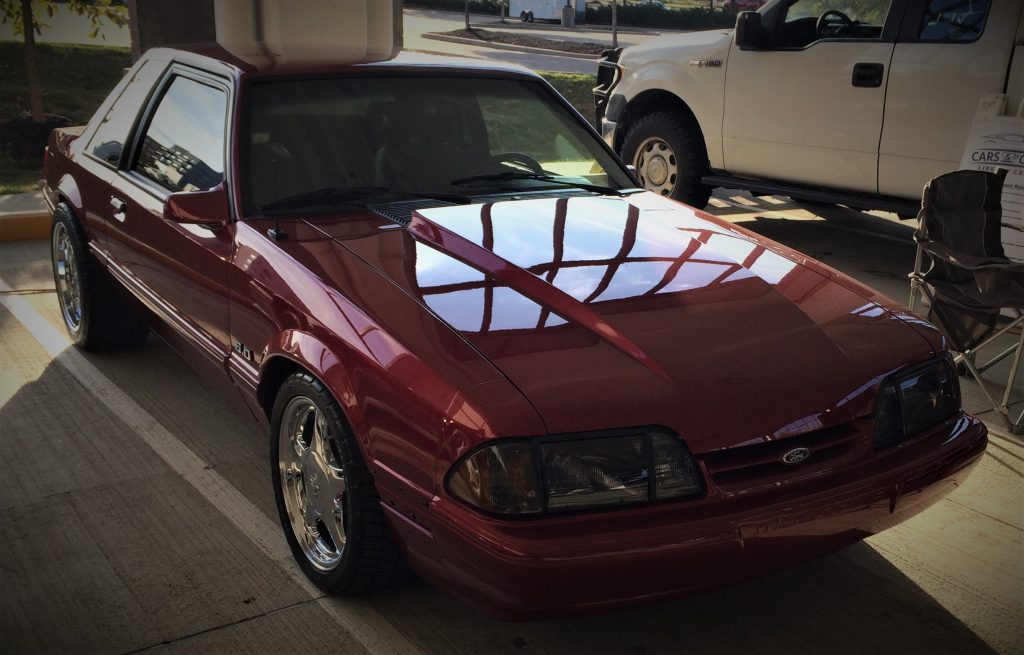Q: I have a 1993 5.0L Mustang LX that I have modified over the last year. I’d like to know what you think about the changes I have made, and if there is anything else you recommend. Please keep in mind that the car will remain naturally aspirated — no blowers or nitrous. It will basically be a street car and may go to the dragstrip four or five times a year. I’ve been told the Mustang is putting out close to 300 horsepower.
The modifications are as follows: • World Windsor Jr. cylinder heads (iron) with 1.72 adjustable roller rocker arms • Edelbrock upper and lower intake manifold • 73mm MAF sensor, BBK 65mm throttle body and EGR spacer • March Ram Air box with 9-inch K&N conical filter (no hose or scoop) • 1 1/2-inch equal-length headers, Flowmaster 3-chamber mufflers • 110-lph fuel pump, Ford Performance Parts underdrive pulleys, 180-degree thermostat • Taylor 8mm wires, Bosch platinum spark plugs, timing advanced to 14 degrees • Ford Performance Parts 3.73 ring and pinion gears • Heavy duty AOD transmission with 2,800 rpm stall converter • Four-point lower chassis brace, subframe connectors, strut tower brace, panhard bar, and progressive rate springs (car lowered 1 1/4-inch) • Synthetic motor oil and rear-end gear oil • Hoosier Quick Time 245/60-15 rear drag tires.

A: You’ve got a potent little street Mustang on your hands there! The only thing we’d suggest changing is the 65mm throttle body. Since you have the Edelbrock intake and 73mm MAF sensor, we would use a 70mm throttle body to better match the airflow capability of the intake and MAF.
We were surprised to see you did not change the cam. We’d suggest swapping in a Ford Performance Parts E303 cam. It has 220-degree duration at .050-inch lift (282-degree advertised duration) and with your 1.72 rockers, the cam will provide .536 inches of lift. Since the peak torque of this cam is 2,500 rpm, you’ll have plenty of grunt for the street.
The last suggestion we have is a set of 24 lb./hr. high-flow fuel injectors to match the fuel delivery with the increased airflow the engine is getting.
…

Comments